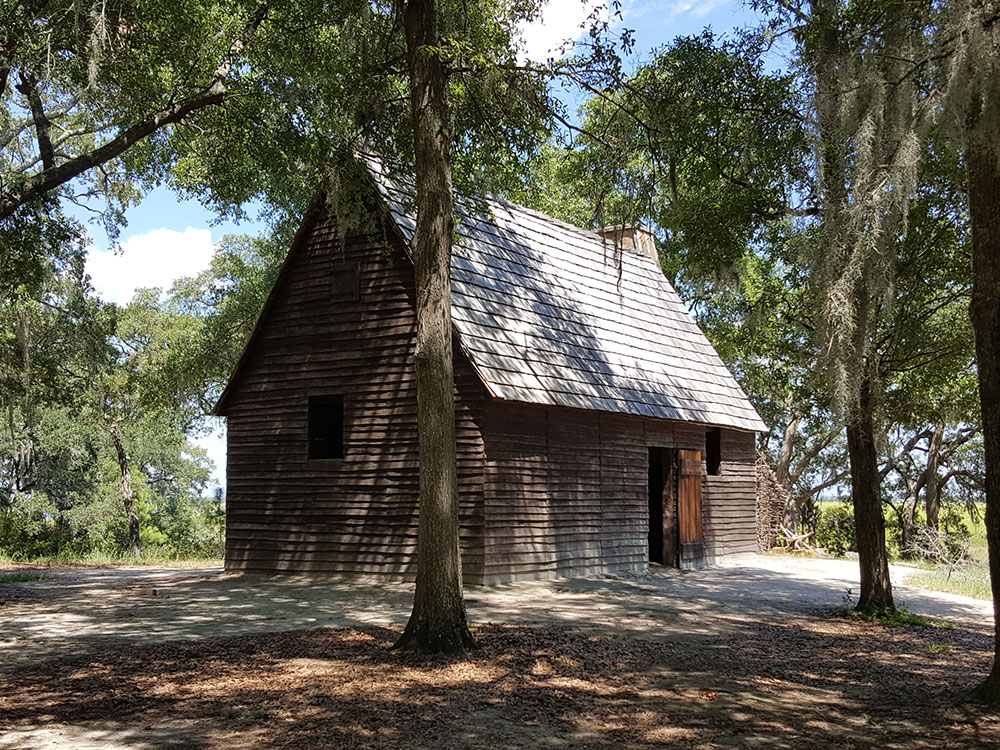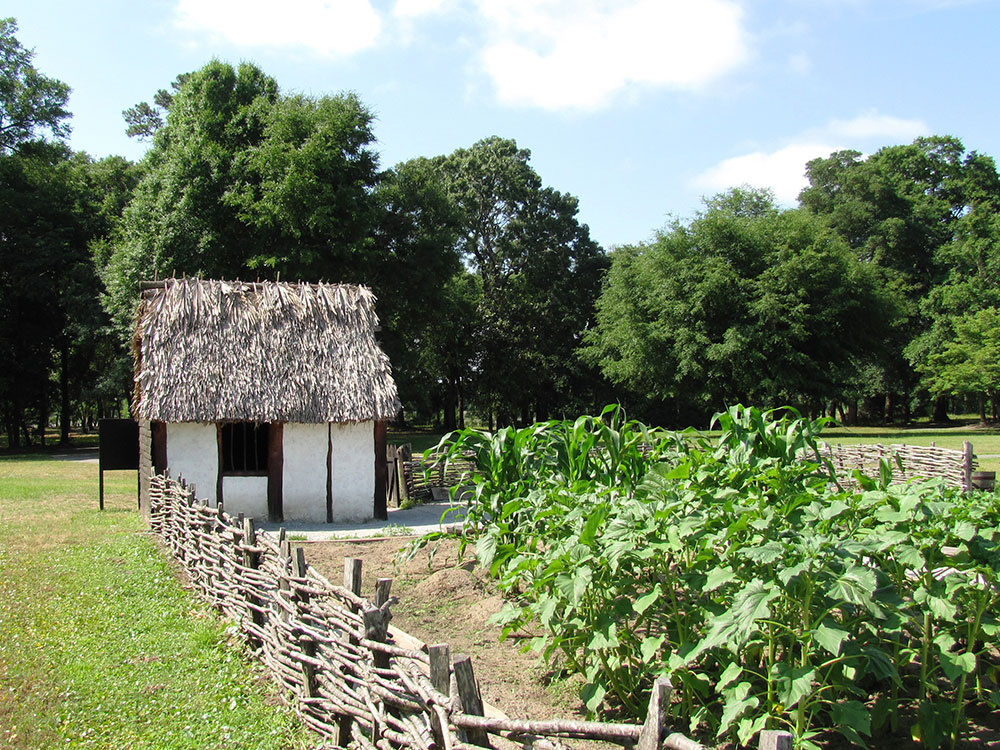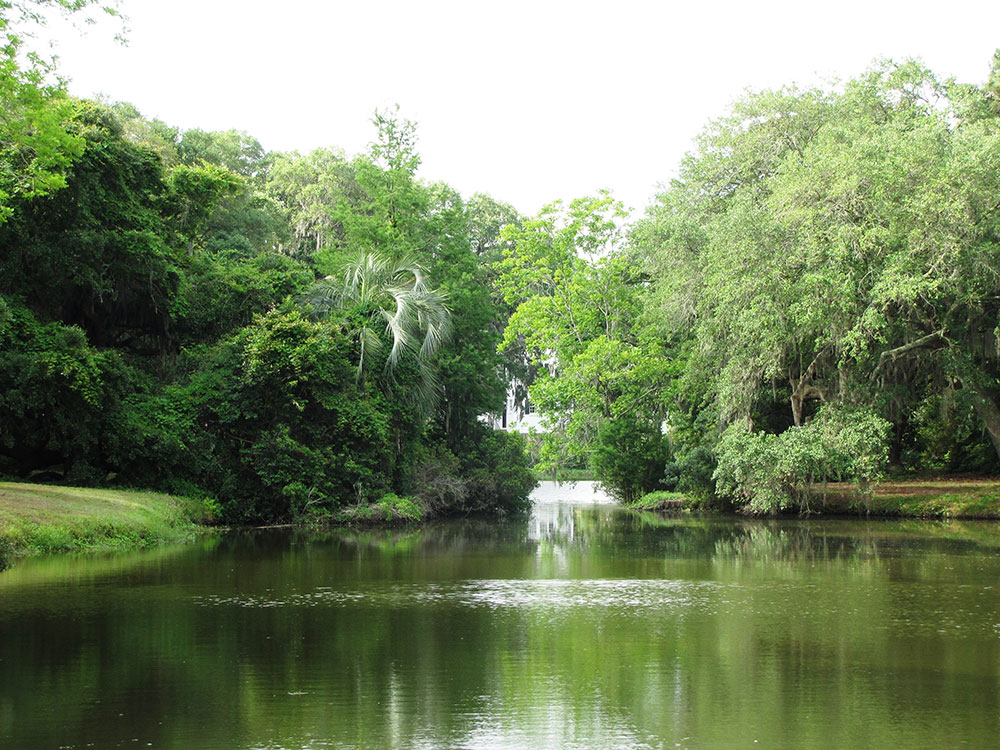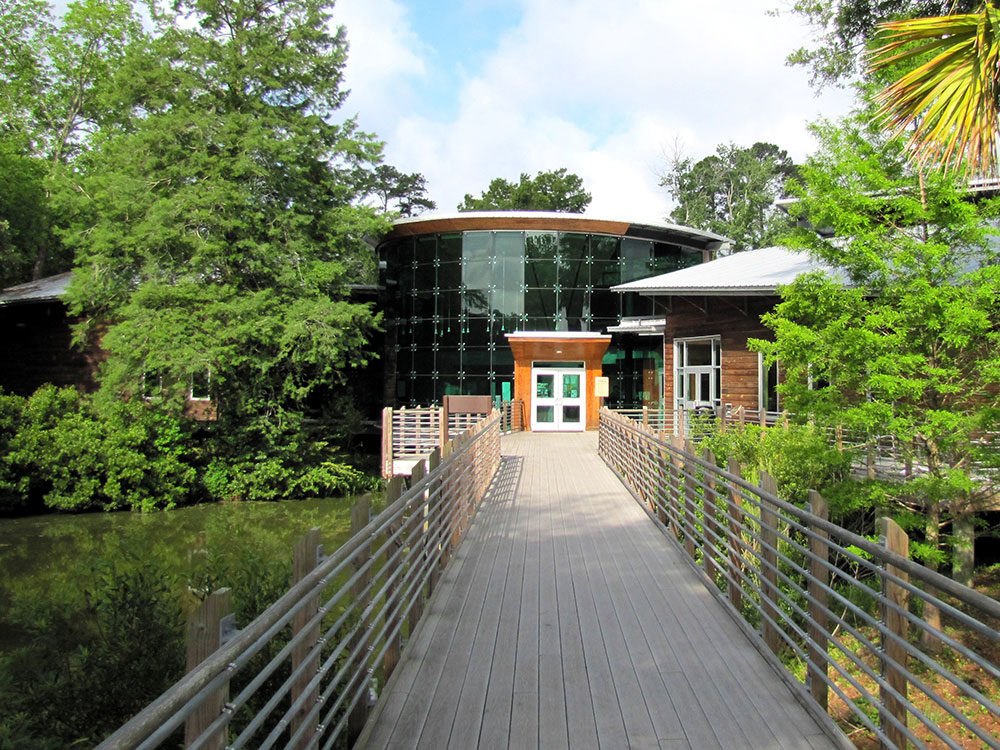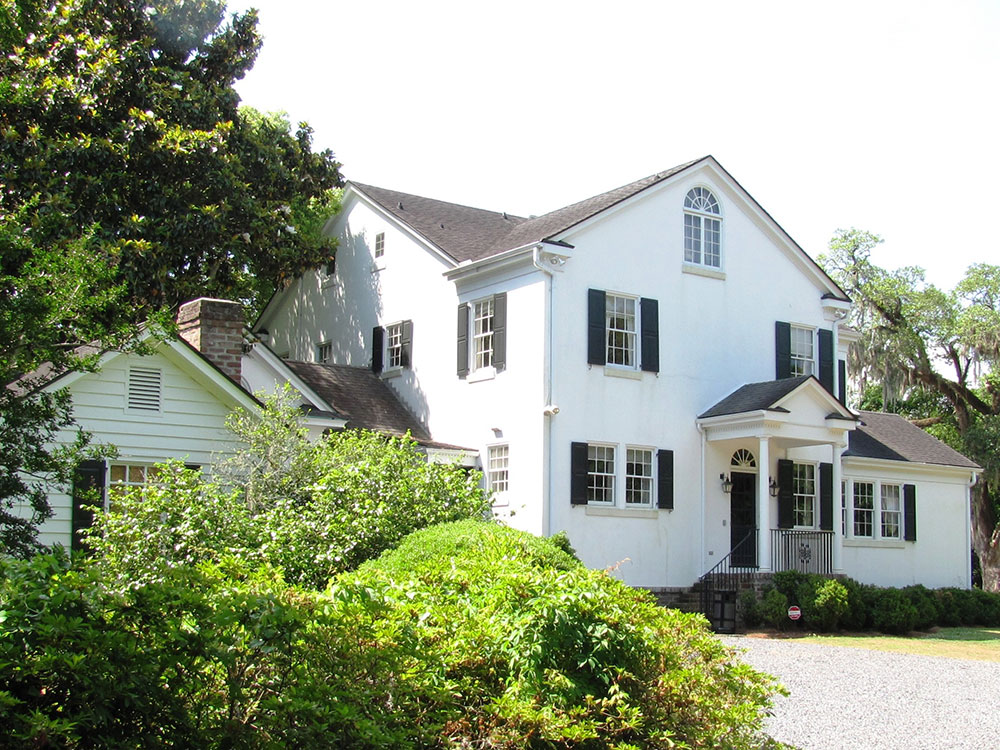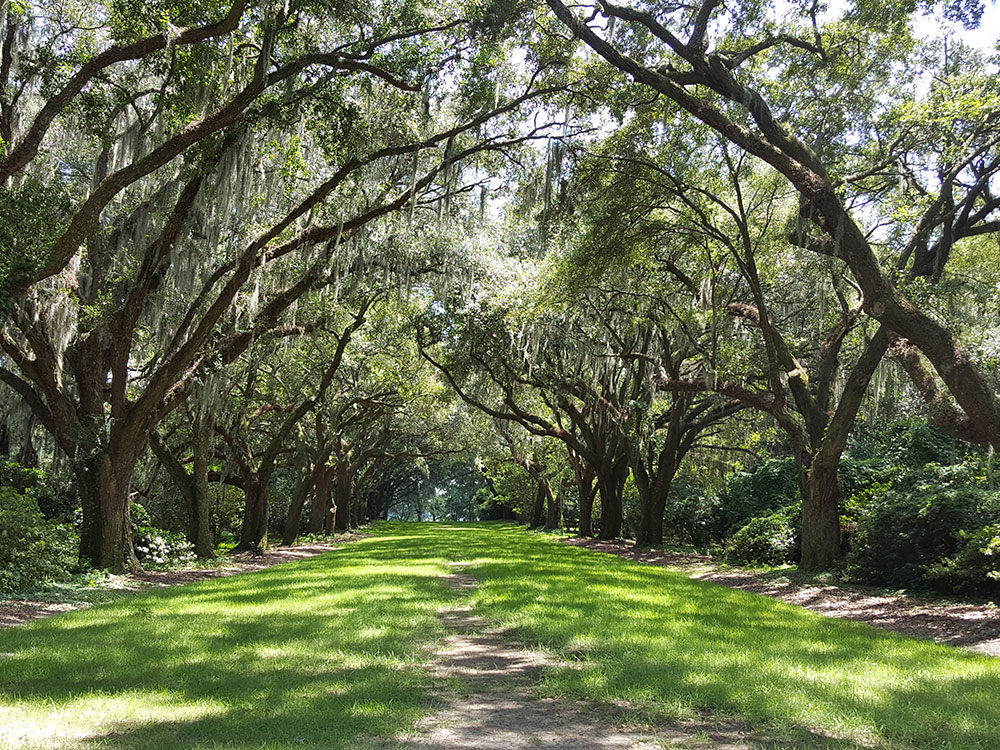Preserves the original site of the first permanent English settlement in South Carolina and is home to an exhibit hall, natural habitat zoo, ongoing archeological excavations, miles of trails, a replica tall ship, and six fireable replica cannon
General Information
Sunday 1pm to 5pm
How to Get There
Get on SC-30 W. Take SC-61 N to St Andrews Blvd. Drive to Old Towne Rd.
Overview
Charles Towne Landing State Historic Site in the West Ashley area of Charleston preserves the original site of the first permanent English settlement in South Carolina. Originally opened in 1970 to commemorate South Carolina's tricentennial, this 664-acre (269 ha) site is home to an exhibit hall, rental facility, a natural habitat zoo, ongoing archeological excavations, miles of trails, dozens of picnic tables, a replica tall ship, six fireable replica cannon, and much more.
The Experimental Crop Garden showcases crops planted by early colonists for food and profit. While offerings vary seasonally, sugarcane and indigo, two attempted cash crops, are frequently visible.
Adventure is a replica of a ketch, a popular style of 17th-century cargo vessel. Similar ships carried commercial goods, foodstuffs, and even livestock between New York, Barbados, and everywhere in between. Renowned 20th century naval architect and historian William Avery Baker designed Adventure in 1969. The first Adventure served Charles Towne Landing from 1970 until 2004. The second Adventure was constructed in 2008 by Rockport Marine in Maine and sailed to Charles Towne Landing in October, 2008.
The Fortified Area of the site is bounded by a reconstructed palisade wall. Colonists constructed the original palisade wall to defend the young colony from a land-side attack from the Spanish, or their native allies. The Fortified Area also contains reconstructed earthwork fortifications and six replica cannon. The colonists mounted a battery of cannon facing the Ashley River, and a second battery defended Towne Creek (present day Old Towne Creek). Both the palisade wall and earthwork fortifications are both partially reconstructed on their archeological footprint.
The Animal Forest, a natural habitat zoo, is home to species indigenous to South Carolina in the 1670s. Some of these animals, such as puma and bison, are no longer native to the South Carolina Low Country.
Archaeological finds include Native American, English, and African artifacts. Professional archeology at the site began in 1967, and continues through the present day.
This article uses material from the Wikipedia article "Charles Towne Landing)", which is released under the Creative Commons Attribution-Share-Alike License 3.0
